Exploring the depths of the world’s oceans reveals a hidden history through the discovery of shipwrecks, each with its own fascinating tale. From ancient merchant vessels to modern warships, these underwater time capsules offer a glimpse into past civilizations, maritime warfare, and tragic accidents. These shipwrecks not only tell the stories of their final voyages but also provide valuable insights into the technologies, cultures, and events that shaped their eras. Join us as we delve into the captivating histories of some of the most unique underwater shipwrecks ever discovered.
RMS Titanic
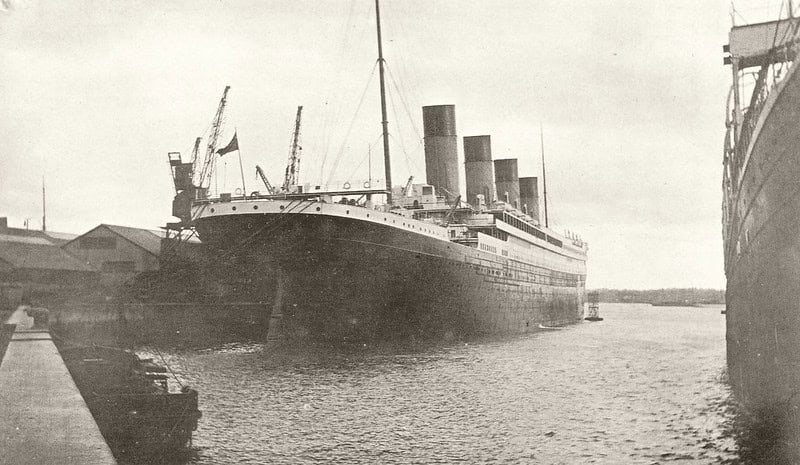
The RMS Titanic, sunk in 1912 after striking an iceberg, rests in the North Atlantic Ocean. Discovered in 1985, it lies nearly 12,500 feet below the surface. The Titanic’s tragic story and luxurious design make it one of the most famous shipwrecks. Artifacts recovered from the site, such as fine china and personal items, offer a poignant glimpse into early 20th-century life. Despite its deep location, the ship remains a popular subject for deep-sea exploration, with several expeditions conducted to study its deterioration.
SS Thistlegorm

The British merchant navy ship SS Thistlegorm, sunk by German bombers in 1941, lies in the Red Sea. Its cargo included military supplies such as motorcycles, trucks, and rifles, meant for the British 8th Army in North Africa. Today, the wreck is a popular dive site, teeming with marine life like barracudas and lionfish. Divers can explore the ship’s well-preserved hull and its fascinating cargo, which provides a unique underwater museum experience. The Thistlegorm offers a vivid snapshot of World War II-era maritime transport and wartime efforts.
Antikythera Shipwreck
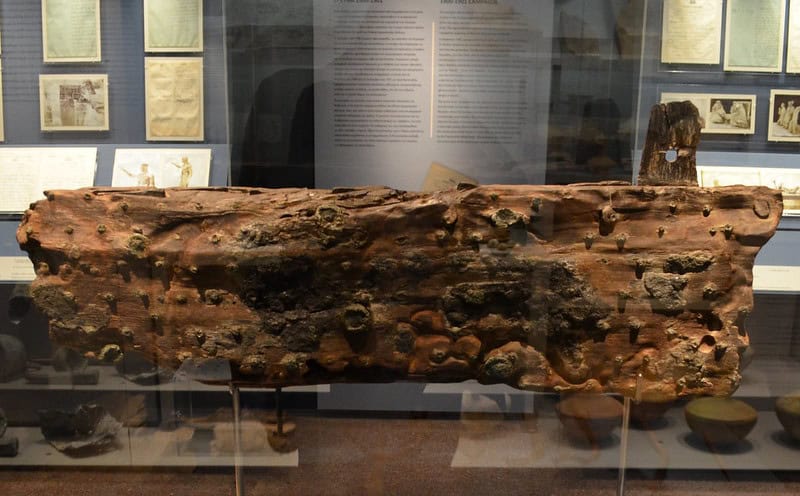
Discovered in 1900 off the coast of the Greek island Antikythera, this ancient Roman shipwreck dates back to the 1st century BCE. It’s famous for the Antikythera mechanism, an ancient analog computer used to predict astronomical positions. The wreck has yielded numerous artifacts, including bronze and marble statues, luxury items, and pottery. Its discovery has significantly impacted our understanding of ancient technology and trade, revealing the complexities of ancient maritime commerce. The site continues to intrigue archaeologists and historians, with ongoing excavations uncovering more treasures.
Queen Anne’s Revenge
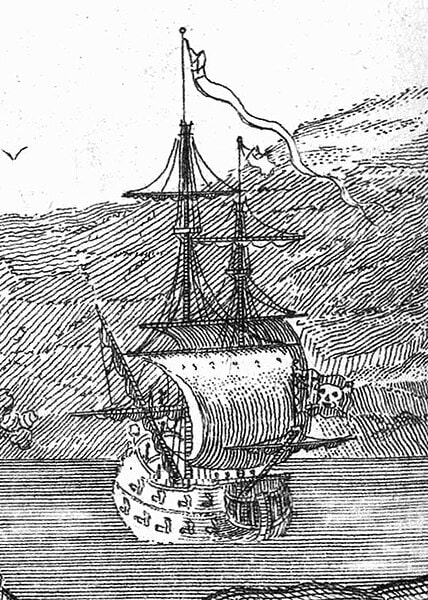
The flagship of the infamous pirate Blackbeard, Queen Anne’s Revenge, sank off the coast of North Carolina in 1718. Discovered in 1996, the wreck has provided valuable insights into 18th-century piracy, including the ship’s armament and crew’s lifestyle. Artifacts recovered include cannons, anchors, and personal items belonging to the crew, such as medical supplies and navigation instruments. The ship’s remains tell a tale of piracy, conflict, and adventure, highlighting Blackbeard’s reign of terror. Its discovery has fueled modern interest in pirate lore and maritime archaeology.
MS Zenobia
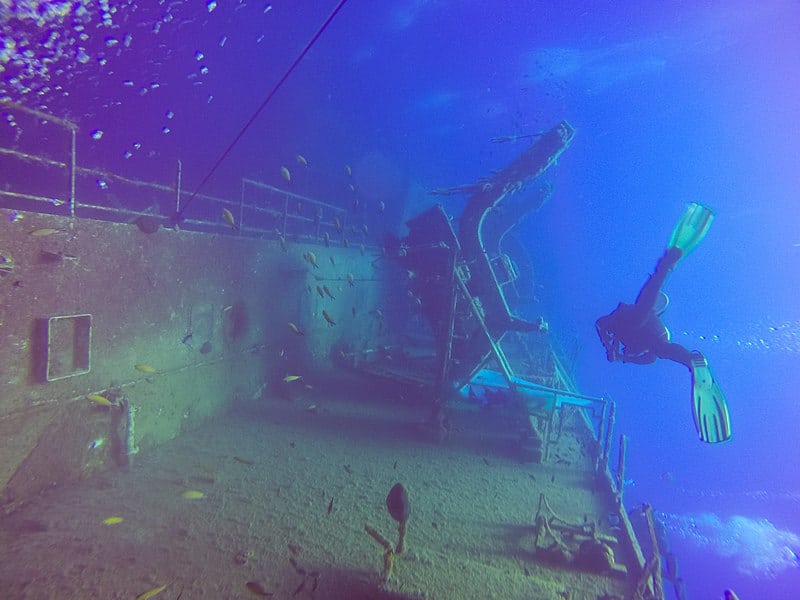
The Swedish ferry MS Zenobia sank off the coast of Cyprus in 1980 due to a ballast system malfunction. Carrying over 100 trucks, the ship now rests on its side at a depth of around 140 feet. Zenobia is one of the top wreck diving sites in the world, attracting divers with its intact cargo and abundant marine life, including barracudas and groupers. The ship’s story highlights the importance of maritime safety and engineering, and its eerie underwater presence captivates both novice and experienced divers. The wreck remains a thriving artificial reef, fostering a unique underwater ecosystem.
Vasa

The Swedish warship Vasa sank on its maiden voyage in 1628 in Stockholm harbor. Raised in 1961, it is remarkably well-preserved due to the brackish waters of the Baltic Sea. The Vasa now resides in the Vasa Museum in Stockholm, offering a unique window into 17th-century shipbuilding and naval warfare. Its elaborate carvings and artifacts, including cannons and sailor uniforms, showcase the grandeur and ambition of its time. The ship’s story underscores the perils of naval engineering and over-ambition, serving as a cautionary tale in maritime history.
USS Arizona
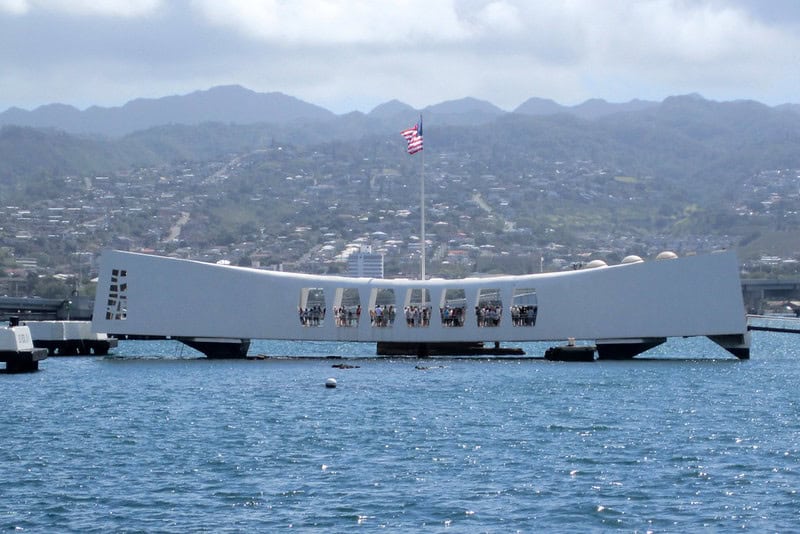
The USS Arizona, a battleship sunk during the Japanese attack on Pearl Harbor in 1941, remains a poignant underwater memorial. Located in Hawaii, it serves as the final resting place for many of its crew, with over 1,000 sailors entombed within its hull. The wreck is accessible via a memorial structure built over it, attracting millions of visitors annually to honor those who perished. The oil still leaking from its hull is referred to as the “tears of the Arizona,” symbolizing the enduring impact of the attack. This shipwreck symbolizes the sacrifices made during World War II and the enduring memory of those who served.
Mary Rose
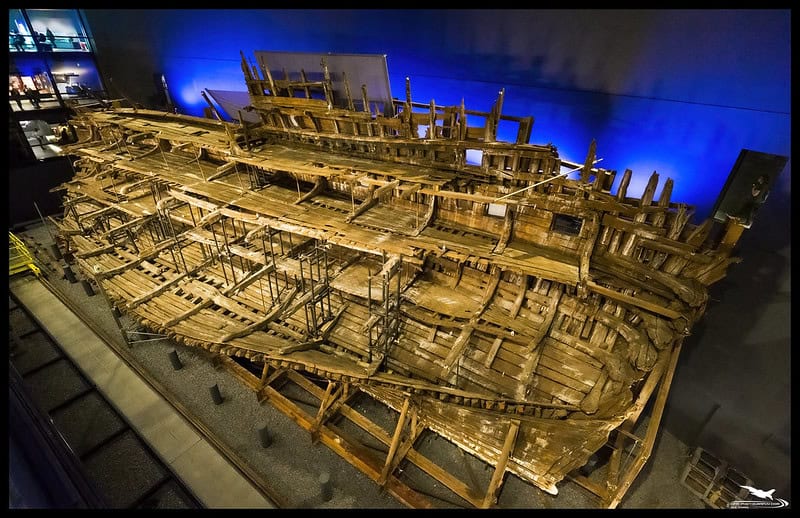
The Tudor warship Mary Rose sank in 1545 during a battle with the French navy in the Solent, near Portsmouth, England. Rediscovered in 1971, it was raised in 1982 and is now housed in a dedicated museum. The ship offers a treasure trove of Tudor-era artifacts, including weapons, personal items, and even human remains, providing a detailed glimpse into 16th-century naval warfare. Its preservation provides a detailed glimpse into 16th-century naval warfare and daily life aboard a warship. The Mary Rose continues to fascinate historians and the public alike, offering insights into the era’s maritime history.
HMS Royal Oak
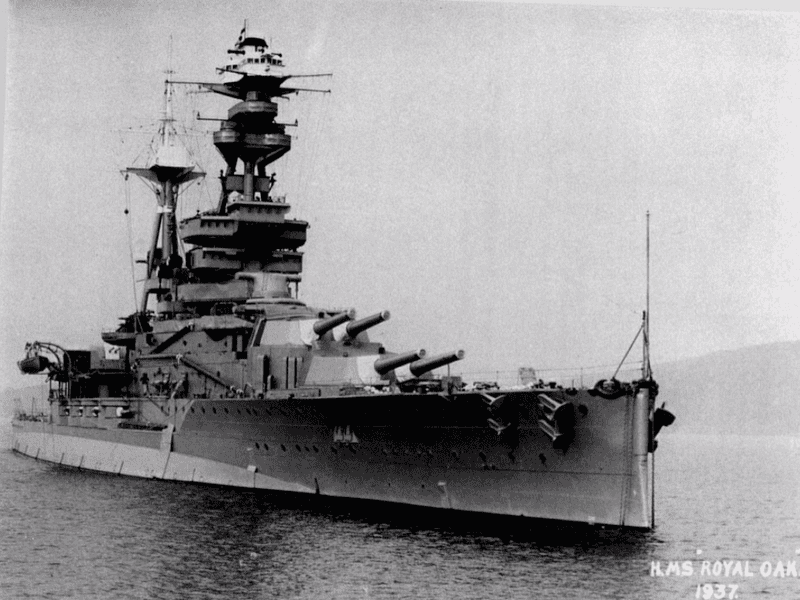
The British battleship HMS Royal Oak was torpedoed by a German U-boat in 1939 while anchored at Scapa Flow, Scotland. The attack resulted in the loss of over 800 crew members, making it a significant maritime tragedy. The wreck lies at a depth of about 100 feet and is a designated war grave, serving as a solemn memorial to those who lost their lives. Annual memorial services are held to honor the fallen sailors, maintaining the memory of their sacrifice. The Royal Oak’s story is a stark reminder of the perils of naval warfare and the human cost of conflict.
USS Monitor
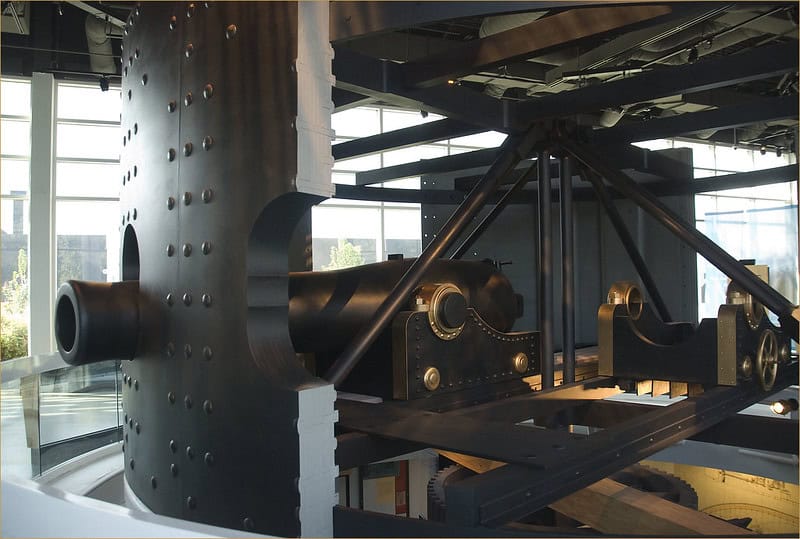
The USS Monitor, an ironclad warship from the American Civil War, sank off the coast of North Carolina in 1862. Its innovative design included a revolving turret, making it a significant advancement in naval technology. The wreck was discovered in 1973 and designated a marine sanctuary in 1975, protecting it for future generations. Artifacts from the Monitor, including its turret and engine, are displayed in the Mariners’ Museum in Newport News, Virginia. The ship’s legacy lives on as a symbol of naval innovation and ingenuity, marking a pivotal moment in maritime history.
HMHS Britannic
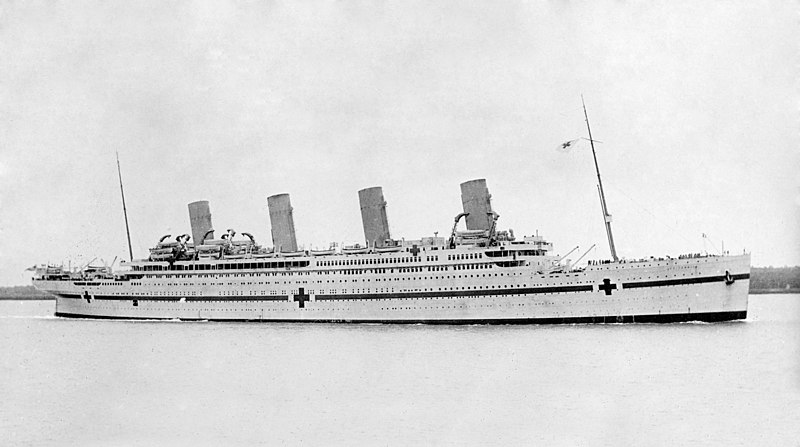
The sister ship of the Titanic, HMHS Britannic sank in the Aegean Sea in 1916 after hitting a mine. Serving as a hospital ship during World War I, it had a relatively short career but played a vital role in wartime medical evacuations. The wreck lies at a depth of around 400 feet, well-preserved and accessible to experienced divers. Britannic’s story is overshadowed by that of the Titanic, yet it remains a significant part of maritime history, with its own tales of heroism and tragedy. Its discovery has provided valuable insights into early 20th-century shipbuilding and wartime operations.
USS Yorktown

The aircraft carrier USS Yorktown sank during the Battle of Midway in 1942, a pivotal moment in World War II. Discovered in 1998 by the oceanographer Robert Ballard, the wreck lies in the Pacific Ocean at a depth of over 16,000 feet. The Yorktown’s loss was a significant blow to the U.S. Navy, but it also marked a turning point in the war, demonstrating the strategic importance of aircraft carriers. The ship’s remains are a testament to the fierce naval battles of the Pacific theater, with artifacts providing insights into wartime naval operations. The Yorktown’s story continues to inform our understanding of World War II history.
SS Yongala
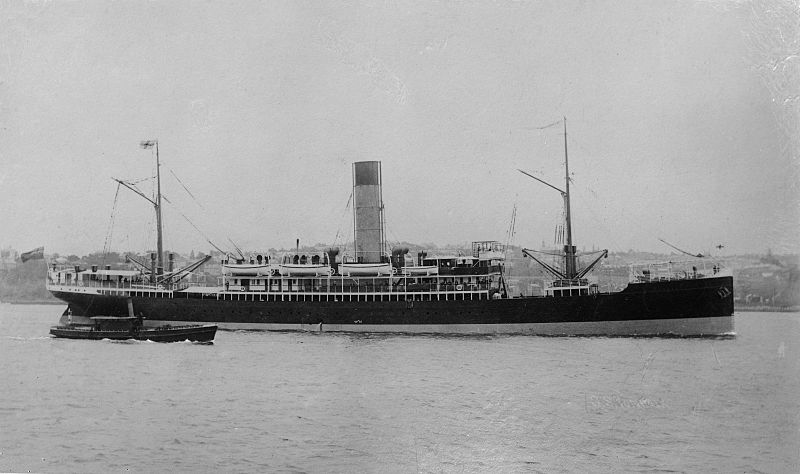
The SS Yongala sank off the coast of Queensland, Australia, in 1911 during a cyclone, taking all 122 passengers and crew with it. The wreck was not discovered until 1958, lying at a depth of around 100 feet, and has since become one of the most renowned dive sites in the world. Yongala is now covered in coral and home to diverse marine life, including large schools of fish, sea snakes, and sharks. The ship’s tragic end and vibrant underwater ecosystem make it a unique and poignant site. The wreck attracts divers from around the globe, drawn by its rich history and natural beauty.
SS Andrea Doria
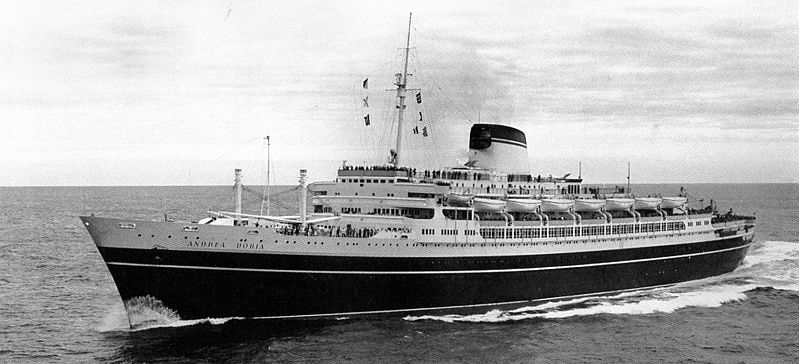
The Italian ocean liner SS Andrea Doria sank in 1956 after colliding with the MS Stockholm near Nantucket, Massachusetts. The wreck lies at a depth of around 240 feet and has been dubbed the “Mount Everest of diving” due to its challenging conditions and the dangers involved. Artifacts recovered include fine china, jewelry, and even cars, offering a glimpse into mid-20th-century luxury travel. Andrea Doria’s sinking highlighted the need for improved maritime safety standards, leading to changes in ship design and navigation. The ship’s remains continue to intrigue divers and historians, serving as a stark reminder of maritime disasters.
SMS Emden
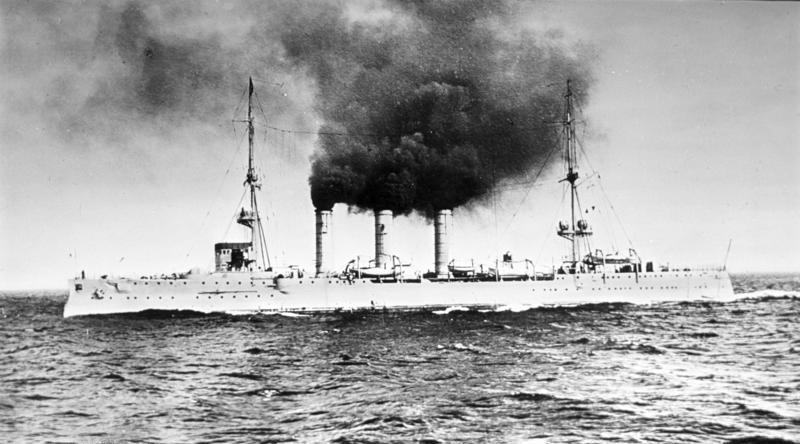
The German light cruiser SMS Emden was scuttled by its crew in 1914 after a battle with the HMAS Sydney near the Cocos (Keeling) Islands. The wreck lies in shallow waters and is a popular dive site, attracting history enthusiasts and marine archaeologists. Emden’s story is notable for its daring raiding operations during World War I, disrupting Allied shipping and gaining a reputation for audacity. Artifacts recovered include weaponry, personal items of the crew, and parts of the ship’s structure. The ship’s history is a testament to the strategic naval battles of the early 20th century and the bravery of its crew.
SS Edmund Fitzgerald
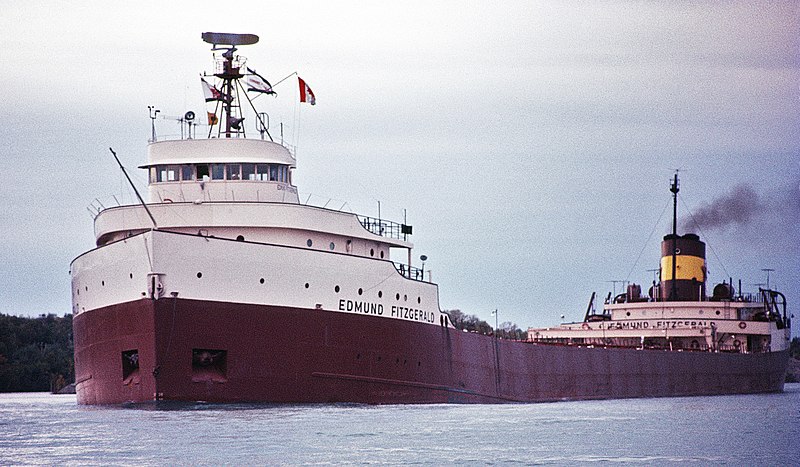
The SS Edmund Fitzgerald, an American Great Lakes freighter, sank during a storm in Lake Superior in 1975. Its sudden and tragic loss with all 29 crew members aboard remains a mystery, with theories ranging from structural failure to rogue waves. The wreck lies at a depth of about 530 feet and has been the subject of numerous investigations and explorations. The Fitzgerald’s story was immortalized in Gordon Lightfoot’s song “The Wreck of the Edmund Fitzgerald,” bringing widespread attention to the tragedy. The site is both a maritime mystery and a somber memorial, highlighting the dangers of Great Lakes shipping.
La Belle
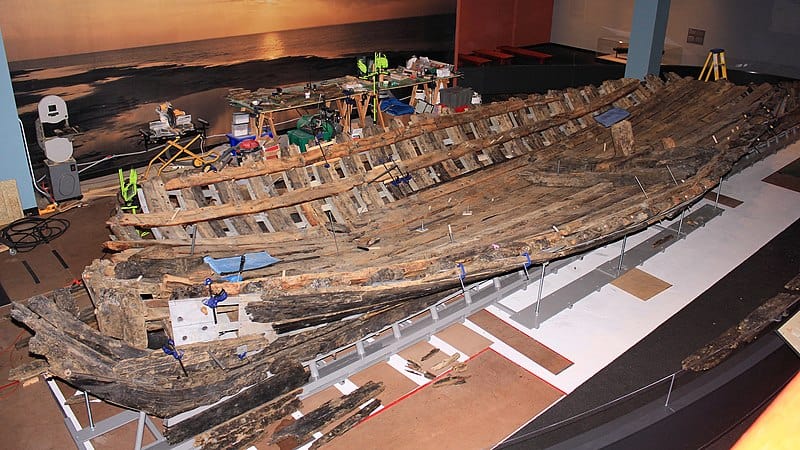
The French explorer La Salle’s ship, La Belle, sank in 1686 off the coast of Texas during an expedition to establish a colony at the mouth of the Mississippi River. Discovered in 1995, the wreck was meticulously excavated and preserved, with many artifacts recovered intact. Artifacts recovered include navigational instruments, weaponry, personal items, and trade goods intended for Native American tribes. La Belle provides valuable insights into early French exploration in North America and the challenges faced by explorers. The ship’s remains are now displayed at the Bullock Texas State History Museum, offering a glimpse into the 17th-century exploration era.
Hanneke Wrome
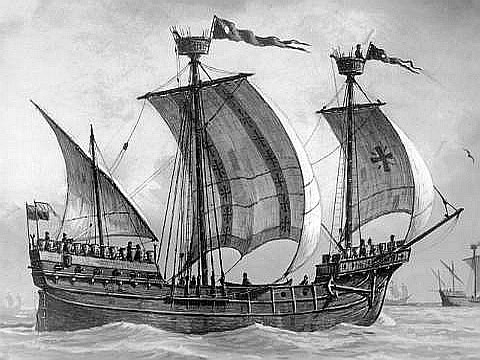
The Hanneke Wrome, a Dutch merchant ship, sank in the Baltic Sea in 1468 during a storm while en route from Lübeck to Tallinn. The wreck was discovered in 2015 and is considered one of the most significant medieval shipwrecks due to its well-preserved condition. Artifacts include luxury goods such as textiles, ceramics, and coins, providing a snapshot of medieval trade and commerce. The ship’s story sheds light on medieval trade routes and maritime practices, highlighting the dangers faced by sailors of the era. Hanneke Wrome’s discovery has enriched our understanding of 15th-century commerce and the interconnectedness of medieval Europe.
Whydah Gally
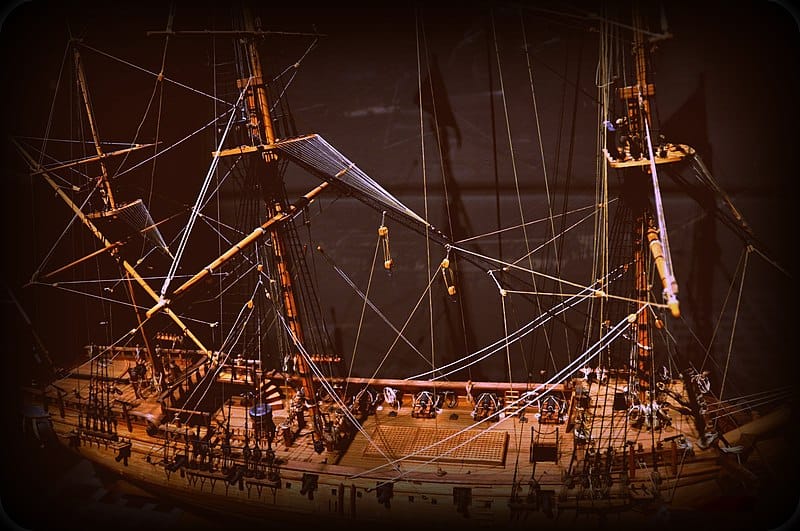
The Whydah Gally, a pirate ship captained by Samuel “Black Sam” Bellamy, sank off the coast of Cape Cod in 1717 during a violent storm. Discovered in 1984, it is the only authenticated pirate shipwreck in North America, with a wealth of artifacts recovered. Artifacts include gold coins, jewelry, weapons, and personal items of the crew, providing a detailed glimpse into the life of pirates. The ship’s story is notable for its connection to the Golden Age of Piracy and the dramatic end of one of its most infamous figures. The Whydah Gally continues to fascinate historians and the public, shedding light on the myths and realities of pirate life.
This article originally appeared on Rarest.org.
More From Rarest.Org
Antelopes are fascinating creatures. They inhabit various regions across Africa and Asia. Some species stand out due to their rarity and unique characteristics. Read more.
National parks offer some of the most breathtaking hikes in the world. These trails showcase diverse landscapes, from towering mountains to lush forests and deep canyons. Explore these hikes to experience the beauty and grandeur of nature firsthand. Read more.
Collecting vintage cameras is a fascinating hobby for many photography enthusiasts. The charm and history behind each model make them highly sought after. Here, we explore some of the most collectible vintage cameras, highlighting their unique features and historical significance. Read more.



